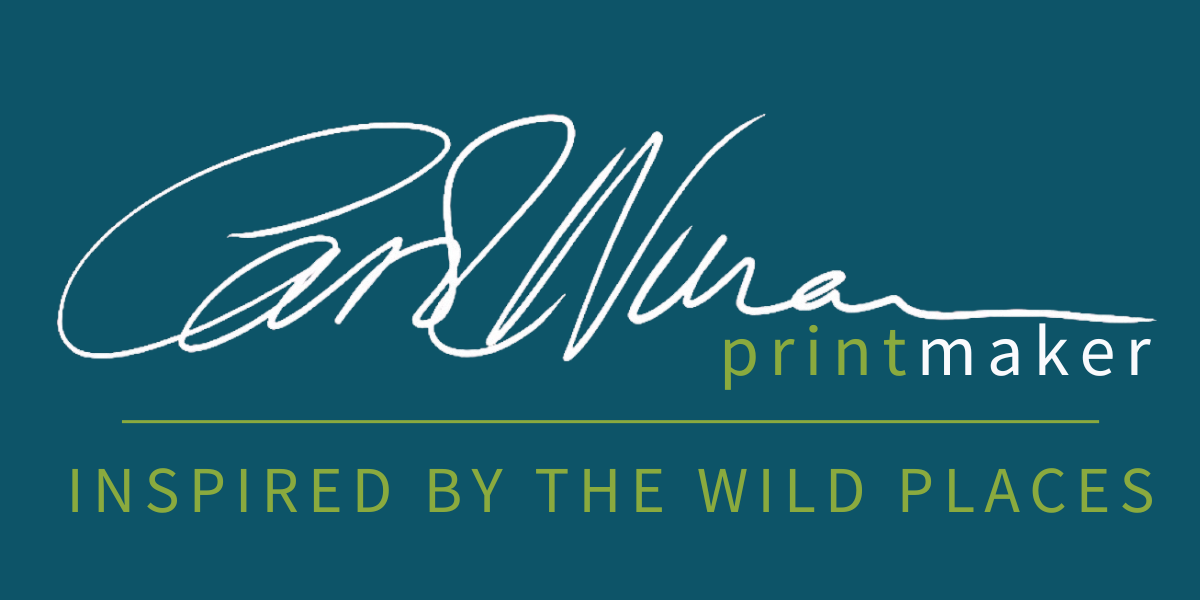What is a Giclée Print
Giclée – pronounced “Gee-clay” with a soft G as in Giselle – is French for “to squirt or spray”. It describes a fine art digital printing process that combines stable, light fast, pigment based inks with archival acid free paper to achieve high quality reproduction prints also known as Archival Pigment Prints.
The Inks
Microscopic dots of pigment-based ink are sprayed onto high quality art paper or canvas. This is done in such a way as to ensure the closest possible match to the original. The digital information is fine tuned to the type of paper or surface on which the image is to be printed, further ensuring as close a match to the original as is conceivably possible. It begins with the original – a unique handmade print - being digitally scanned for reproduction. In my case the original would be either a monotype or a collagraph.
The Paper
The paper used has a high PH value of 6 or higher. Effectively this means the paper is free from optical brighteners. Optical brighteners cause the paper to yellow over time. The inks and paper are tested and certified to have an archival value of in excess of 75 years.
The Prints
I create limited editions of the prints at the same size of the originals a maximum of 100. I also create open editions of some of my most popular prints as 15 cm x 15 cm mounted prints and 7 cm x 7 cm box framed mini prints.
They are printed in small batches by my photographer supplier. He pays great deal of attention to the detail, taking enormous care with colour and quality control. They are not mass produced in a factory. On delivery to my studio, I check every print as I sign (and where applicable number the edition) to ensure each print is a perfect match to the original.

